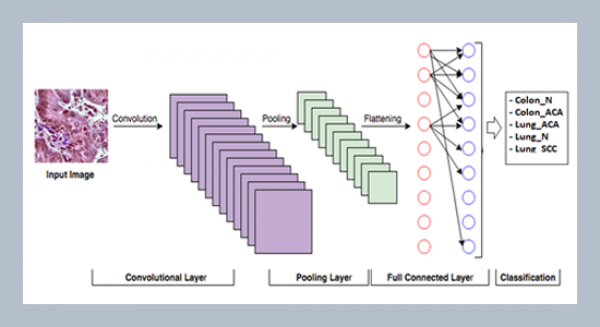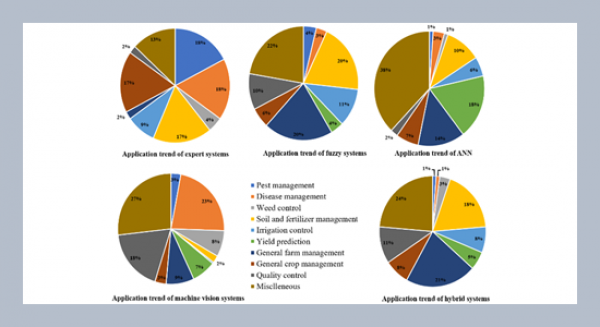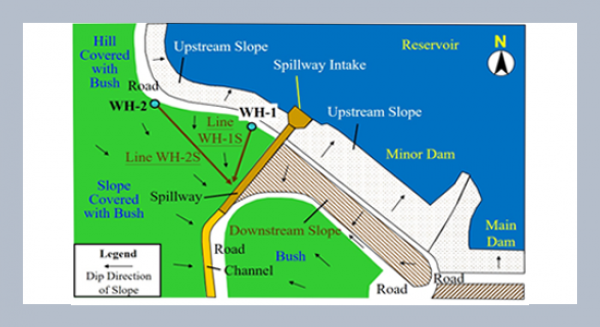REFERENCES
- [1] Riedl, J. 2004. An examination of long-lived asset impairment. Accounting Review, 79: 823-852.
- [2] Zucca, L. and Campbell, D. 1992. A closer look at discretionary write-downs of impaired assets. Accounting Horizons, 6: 30-41.
- [3] Francis, J., Hanna, J., and Vicent, K. 1996. Causes and effects of discretionary asset write-offs. Journal of Accounting Research, 34: 117-134
- [4] Chao, C. L. 2006. An examination of SFAS No. 35: Adoption timing motives, write-off. The International Journal of Accounting Studies, 45: 77-120.
- [5] Rees, L., Gill, S., and Gore, R. 1996. An investigation of asset write-downs and concurrent abnormal accruals. Journal of Accounting Research, 34: 157-169.
- [6] Healy, P. 1985. The effects of bonus schemes on accounting decisions. Journal of Accounting and Economics, 7: 85-107.
- [7] Strong, J. and Meyer, J. 1987. Asset write-downs: Managerial incentives and security returns. Journal of Finance, 42: 643-662.
- [8] Loh, A. L. C. and Tan, T. H. 2002. Asset write-offs – Managerial incentive and macroeconomic factors. Abacus, 38: 134-151.
- [9] Dietterich, T. G. 2000. Ensemble methods in machine learning. Presented in Multiple Classifier Systems: First International Workshop, Cagliari, Italy, June 21-23, 2000 Proceedings.
- [10] Boritz, J. E. and Kennedy, D. B. 1995. Effectiveness of neural network types for prediction of business failure. Expert Systems with Applications, 9: 503-512.
- [11] Coakley, J. and Brown, C. 2002. Artificial neural networks in accounting and finance: modeling issues. International Journal of Intelligent Systems in Accounting, Finance and Management, 9: 119-144.
- [12] Cheng, C.-B., Chen, C.-L., and Fu, C.-J. 2006. Financial distress prediction by a radial basis function network with Logit analysis learning, Computational Mathematics and Applications, 51: 579-588.
- [13] Cortes, C. and Vapnik, V. 1995. Support vector networks. Machine Learning, 20: 273-293.
- [14] Vapnik, V. 1995. “The Nature of Statistical Learning Theory”. Springer.
- [15] Elliott, J. and Shaw, W. 1988. Write-offs as accounting procedures to manage perceptions. Journal of Accounting Research, 26: 91-119.
- [16] Heflin, F. and Warfield, T. 1997. “Managerial discretion on accounting for asset write-offs”. working paper, University of Wisconsin-Madison.
- [17] Chia, F. 1995. “An investigation into the causes and effects of asset write-offs in Australia”. PhD dissertation: University of Western Australia.
- [18] Smith Jr., W. and Watts, R. 1992. The investment opportunity set, corporate financing, dividend, and compensation policies. Journal of Financial Economics, 32: 263-292.
- [19] Cotter, J., Stokes, D., and Wyatt, A. 1998. An analysis of factors influencing asset write-downs. Accounting and Finance, 38: 157-179.
- [20] Duke, J. and Hunt, H. 1990. An empirical examination of debt covenant restrictions and accounting-related debt proxies. Journal of Accounting and Economics, 12: 45-63.
- [21] Murphy, K. J. 1985. Corporate performance and management remuneration: An empirical analysis. Journal of Accounting and Economics, 7: 11-42.
- [22] Antle, I. L. and Smith, A. 1986. An empirical investigation of the relative performance evaluation of corporate executives. Journal of Accounting Research, 24: 1-39.
- [23] Lambert, R. A. and Larcker, D. F. 1987. An analysis of the use of accounting and market measures of performance in executive compensation contracts. Journal of Accounting Research, 25: 85-125.
- [24] Moore, M. 1973. Management changes and discretionary accounting decisions. Journal of Accounting Research, 11: 100-107.
- [25] Hsu, C. W., Chang, C. C., and Lin, C. J. 2008. “A practical guide to support vector classification”. Available at http://www.csie.ntu.edu.tw/~cjlin/papers/guide/guide.pdf
- [26] Cherkassky, V. and Ma, Y. 2004. Practical selection of SVM parameters and noise estimation for SVM regression. Neural Networks Archive, 17: 113-126.
- [27] Reber, B., Berry, B., and Toms, S. 2005. Predicting mispricing of initial public offerings. International Journal of Intelligent Systems in Accounting, Finance and Management, 13: 41-59.
- [28] Levy, P. and Lemeshow, S. 1991. “Sampling of Populations: Methods and Applications”. John Wiley.
- [29] R Development Core Team, 2008. R: A language and environment for statistical computing, R Foundation for Statistical Computing: Vienna, Austria.
- [30] Venables, W. N. and Ripley, B. D. 2002. “Modern Applied Statistics with S”. fourth ed., Springer.
- [31] Karatzoglou, A., Smola, A., Hornik, K. and Zeileis, A. 2004. Kernlab - An S4 package for Kernel methods in R. Journal of Statistical Software, 11: 1-20.
- [32] Dimitriadou, E., Hornik, K., Leisch, F., Meyer, D. and Weingessel, A. 2009. e1071: Misc functions of the department of statistics (e1071), TU Wien. R package version 1.5-19.















